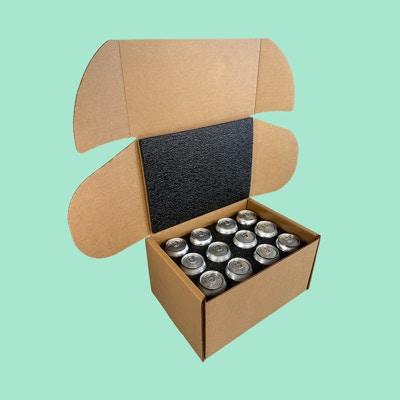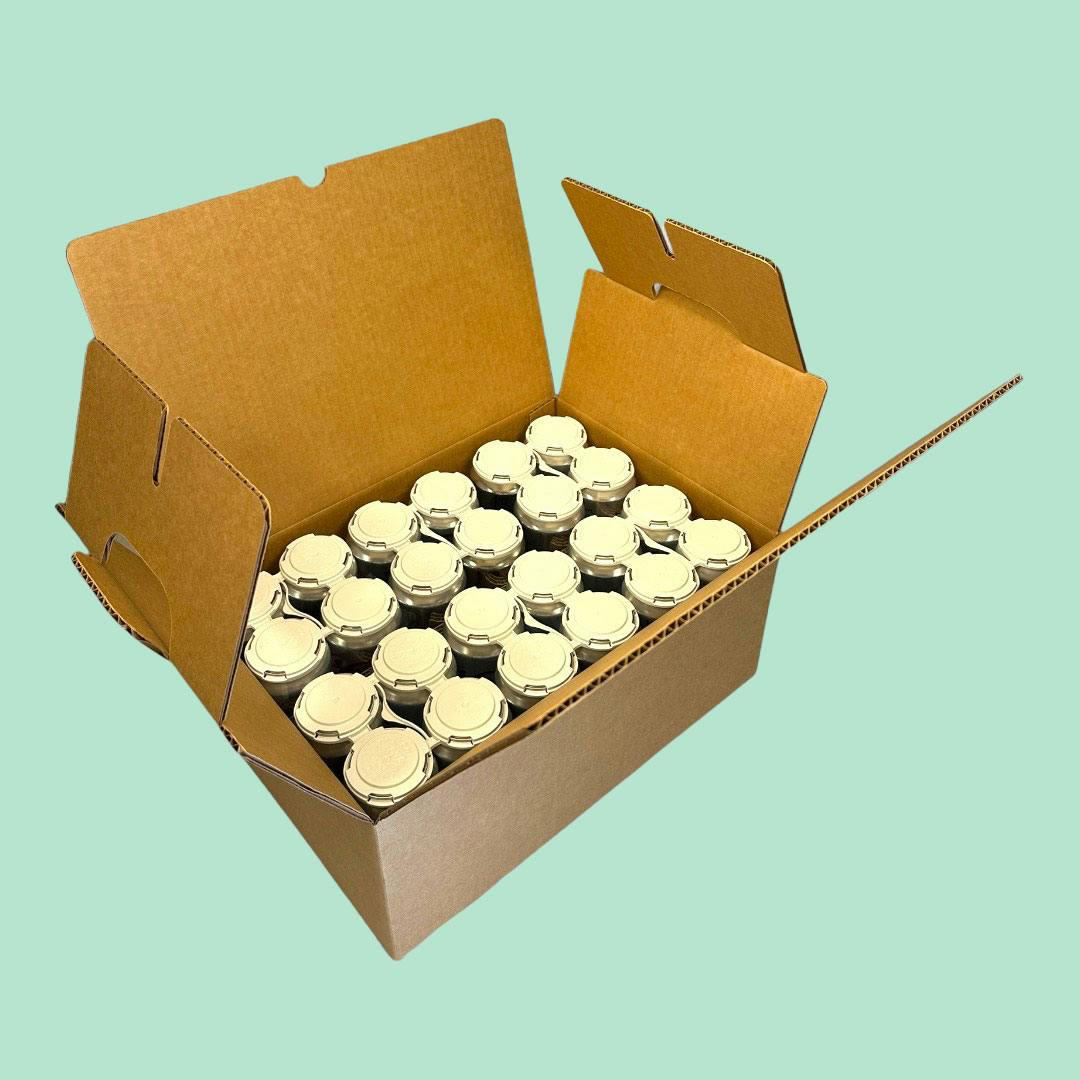The landscape of beverage distribution has undergone significant changes in 2024, influenced by evolving consumer preferences, technological advancements, and an increased emphasis on sustainability. As we explore the current state of beverage distribution, several key trends and challenges come to the forefront.
1. E-commerce and Direct-to-Consumer Channels: E-commerce has revolutionized beverage distribution, enabling consumers to order their favorite drinks online and have them delivered to their doorstep. Direct-to-consumer channels have become more prevalent, allowing beverage companies to establish a direct relationship with their customers. This shift has implications for traditional retail and wholesale distribution models. Many companies (especially new ones) are focusing on direct to consumer shipping only. It allows companies to get their products to every state, without the many hassles and politics of distribution. When shipping beverages direct to consumer, shipping boxes are very important. Many companies are using our Econo-Pods, Slim Can Pods, or Unboxing Bio-Pods.
2. Technology Integration: Advancements in technology, including data analytics, IoT (Internet of Things), and supply chain management systems, have streamlined beverage distribution. Here’s a great article on some of these new technologies impacting the beverage industry. These tools provide real-time insights into inventory levels, demand forecasting, and distribution efficiency. Companies are leveraging technology to optimize routes, reduce costs, and enhance overall operational efficiency.
3. Sustainable Practices: Sustainability is a driving force in beverage distribution. There’s even a Sustainable Packaging Coalition. Consumers are increasingly conscious of the environmental impact of packaging and transportation. Beverage companies are adopting eco-friendly packaging materials and implementing sustainable distribution practices, such as optimizing delivery routes to minimize carbon emissions.
4. Cold Chain Logistics: With the rising demand for beverages that require specific temperature conditions, cold chain logistics have become crucial. Maintaining the quality and freshness of products like cold-pressed juices, dairy alternatives, and craft beers during transportation is a priority for distributors. Investments in refrigerated transport and storage facilities have increased to meet these demands.
5. Diversification of Products: The beverage market is more diverse than ever, with an array of products ranging from traditional soft drinks to hemp infused beverages, craft beverages, functional drinks, and non-alcoholic alternatives. Both brands and Distributors must adapt to the varied requirements of handling different types of beverages, each with its own set of considerations regarding storage, transportation, and shelf life. All of these factors come in to play, especially when starting a new beverage shipping company.
6. Regulatory Compliance: Navigating complex regulations related to the distribution or shipping of alcoholic beverages, health drinks, and other regulated beverages poses a challenge for distributors. Compliance with licensing, labeling (especially with CBD and THC infused drinks), and distribution laws requires careful attention to detail and often involves collaboration with regulatory authorities.
7. Last-Mile Delivery Challenges: The last mile of delivery remains a focal point for distributors. Timely and efficient delivery to retail outlets, restaurants, and homes is crucial for customer satisfaction. Innovations such as autonomous vehicles and drones are being explored to address last-mile delivery challenges and enhance speed and accuracy. Shipping beverages direct to consumer can bypass some of these issues. Many companies like UPS, Fedex or USPS will ship beverages to any state.
8. Global Supply Chain Disruptions: The global supply chain has faced disruptions, impacting beverage distribution. Factors such as geopolitical events, natural disasters, and pandemics can disrupt the flow of raw materials and finished products. Distributors are implementing risk management strategies to address potential disruptions and ensure the resilience of their supply chains. 2020 was a perfect example of the importance of having a direct to consumer beverage shipping channel in place. When businesses were forced to close, shipping beverages direct to consumer was often the only option for companies to get their product to their customers. It’s a good thing we had many different types of beverage can shipping boxes in stock at Whale Pod!
In conclusion, beverage distribution in 2024 is marked by a dynamic interplay of technology, sustainability, and diverse product offerings. As the industry continues to evolve, distributors must stay agile, adopting innovative solutions and embracing sustainable practices to meet the changing demands of consumers and the market. In order for beverage brands to stay on top in 2024, they clearly need a to multiple distribution channels, with a strong focus of direct to consumer beverage shipping.













